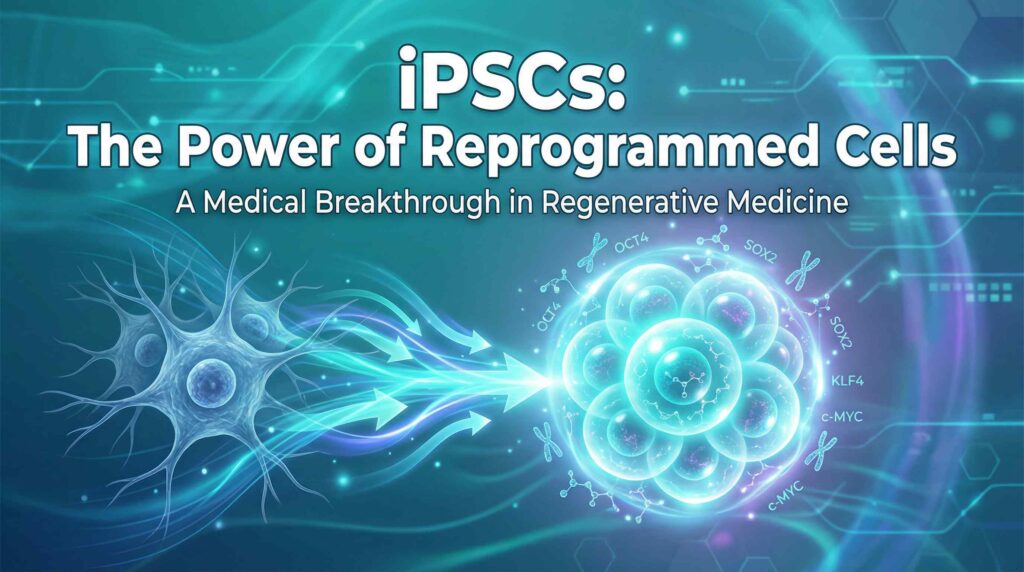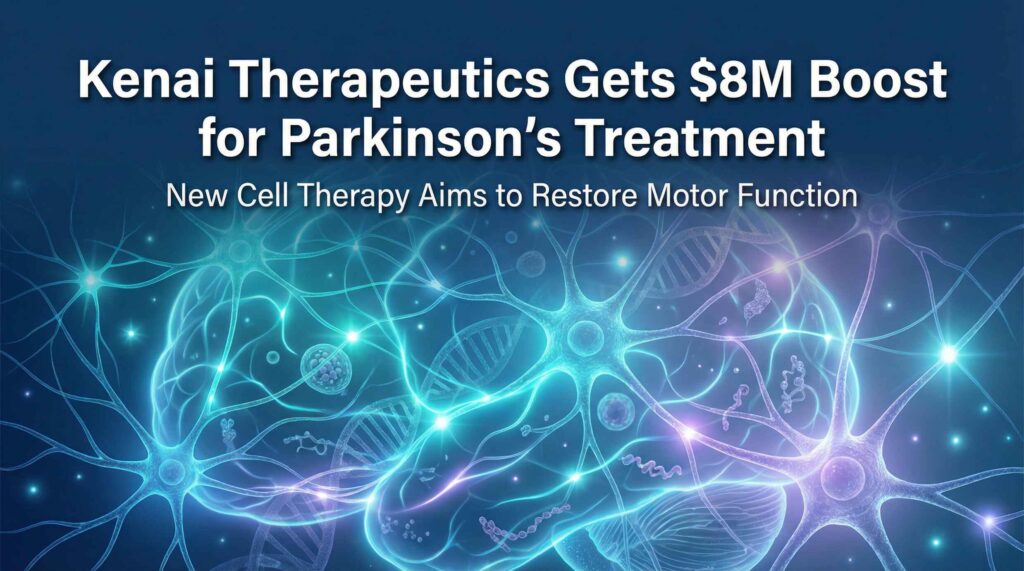Stem cell therapies are an emerging field of medical treatments that have the potential to revolutionize the way we treat a variety of medical conditions. From orthopedic injuries and degenerative diseases to cancer and immune disorders, stem cell therapies offer hope and healing to many who otherwise have not found successful solutions. Let’s take a look at some of the different types of stem cell therapies available today.
Autologous Stem Cell Therapy
Autologous stem cell therapy is one of the most common types of stem cell therapy. In autologous stem cell therapy, your cells are used as the source material for regenerating damaged tissue in your own body. This type of therapy has been used to treat orthopedic injuries, neurodegenerative diseases such as Parkinson’s and Alzheimer’s, and even certain types of cancer.
Allogeneic Stem Cell Therapy
Allogeneic stem cell therapy is another type of stem cell therapy that involves using donor cells from another person as a source for regenerating damaged tissue in your body. While allogeneic therapies can be very effective, there is a risk involved since the donor cells may be rejected by your immune system. As such, this type of treatment should only be used when autologous therapies are not an option.
Progenitor Cell Therapy
Progenitor cell therapy is similar to autologous stem cell therapy but it involves using cells that are more specialized than regular stem cells. These so-called progenitor cells have been partially differentiated—meaning they have begun developing into a specific type of tissue—but they still retain some “stemness” so they can be used for regenerative purposes. Progenitor cells can be harvested from your own body or donated by another person.
Types of Stem Cells
Mesenchymal Stem Cells (MSCs)
Mesenchymal stem cells are derived from adult tissue, such as bone marrow or fat, and are found in many organs throughout the body. They have been used for over 20 years to treat a wide range of conditions, including joint pain, autoimmune diseases, and degenerative diseases. MSCs work by releasing special molecules that reduce inflammation and promote healing. They also help stimulate new tissue growth in damaged areas.
Embryonic Stem Cells (ESCs)
Embryonic stem cells come from embryos created during fertility treatments. These cells can be used to create any type of cell in the body, which makes them incredibly valuable in medical research. However, because they come from human embryos, there is significant controversy surrounding their use. In some countries, it is illegal to use ESCs for therapeutic purposes.
Induced Pluripotent Stem Cells (iPSCs)
Induced pluripotent stem cells are produced by taking an adult cell and reprogramming it into an embryonic-like state using genetic manipulation techniques. This allows scientists to make iPSCs that are specific to a patient’s own genetic makeup—which means they could potentially be used to create personalized treatments tailored specifically for each individual patient.
However, these technologies are still relatively new, and much more research needs to be done before iPSC therapies become widely available.
Stem cell therapies have shown promise in treating a variety of conditions ranging from orthopedic injuries to neurological diseases and even certain forms of cancer. Each type has its advantages and disadvantages, so it’s important to consult with your doctor before beginning any form of treatment. With proper guidance from experienced professionals, however, these treatments can provide hope and healing for those suffering from various ailments.


